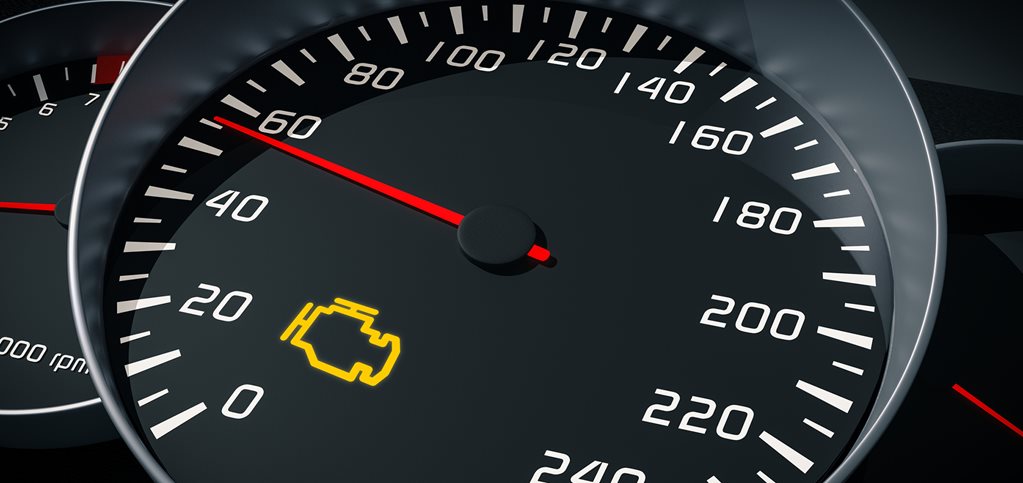If you’re anything like most drivers, you dread seeing your car’s check engine light come on. Also, like most people, when the light does turn on, you likely think the worst and begin scouring for auto parts online, but do you even know what you are looking for? While that little dashboard light is intimidating, it doesn’t always mean the worst, and there are times when the fix is something simple. Therefore, before jumping out of your skin, take a minute, and review the top five reasons your check engine light might turn on.
1. Gas Cap
The first and most common reason for the check engine light to turn on is a loose, damaged or missing gas cap. While most driver’s don’t give much consideration to the gas cap, it is a vital component of any vehicle. Its job is sealing and maintaining pressure in your vehicle’s fuel system. Also, it ensures that fewer fumes are released into the atmosphere. Many times when that dread engine light comes on, it is because you didn’t put the cap on correctly. However, there are times where you might need a replacement cap.
2. Oxygen Sensor
A car tune up checklist should always include checking that sensors are working as needed because you can avoid a lot of hassle later on. Your car’s oxygen sensor determines the level of oxygen in your vehicle’s exhaust system, and if it is not working, then you may lose fuel economy or worse a catalytic converter.
3. Catalytic Converter
A check engine light might also indicate a bad catalytic converter. These devices are essential to protecting the environment from potentially harmful carbon monoxide. While faulty oxygen sensors or other devices typically cause damage to these critical components, it is vital you replace this part quickly to ensure performance and to stay within legal emissions ranges.
4. Mass Airflow Sensor
As with most other parts on this list, the mass airflow sensor is a part that helps protect and maintain your vehicle’s fuel economy. It does this by measuring the air coming into your engine and determining the required fuel to run efficiently. Unfortunately, if damaged, these devices not only lead to poor performance but also damage to spark plugs, the oxygen sensor and your catalytic converter.
5. Spark Plugs or Plug Wires
Last, a check engine light might signify that it is time to replace your spark plugs or plug wires. While there is a cost-effective resolution for this problem, if it is not resolved soon enough, then you risk damage to oxygen sensors and ignition coils as well as a clogged catalytic converter. Fortunately, most spark plugs and plug wires are relatively easy to access and are often inexpensive to replace.
While a check engine light often strikes fear in even the most knowledgeable driver, there is no need to jump to the worst conclusions. The resolution to the problem might be as simple as taking the gas cap off and making sure that it is properly seated. However, if that does not resolve your issue, then you can bring your vehicle to a local auto parts store and have a check engine light diagnostic done to find the culprit.
If you want to learn more about our blog, please click here.

 2018 ·
2018 ·
Leave a Reply